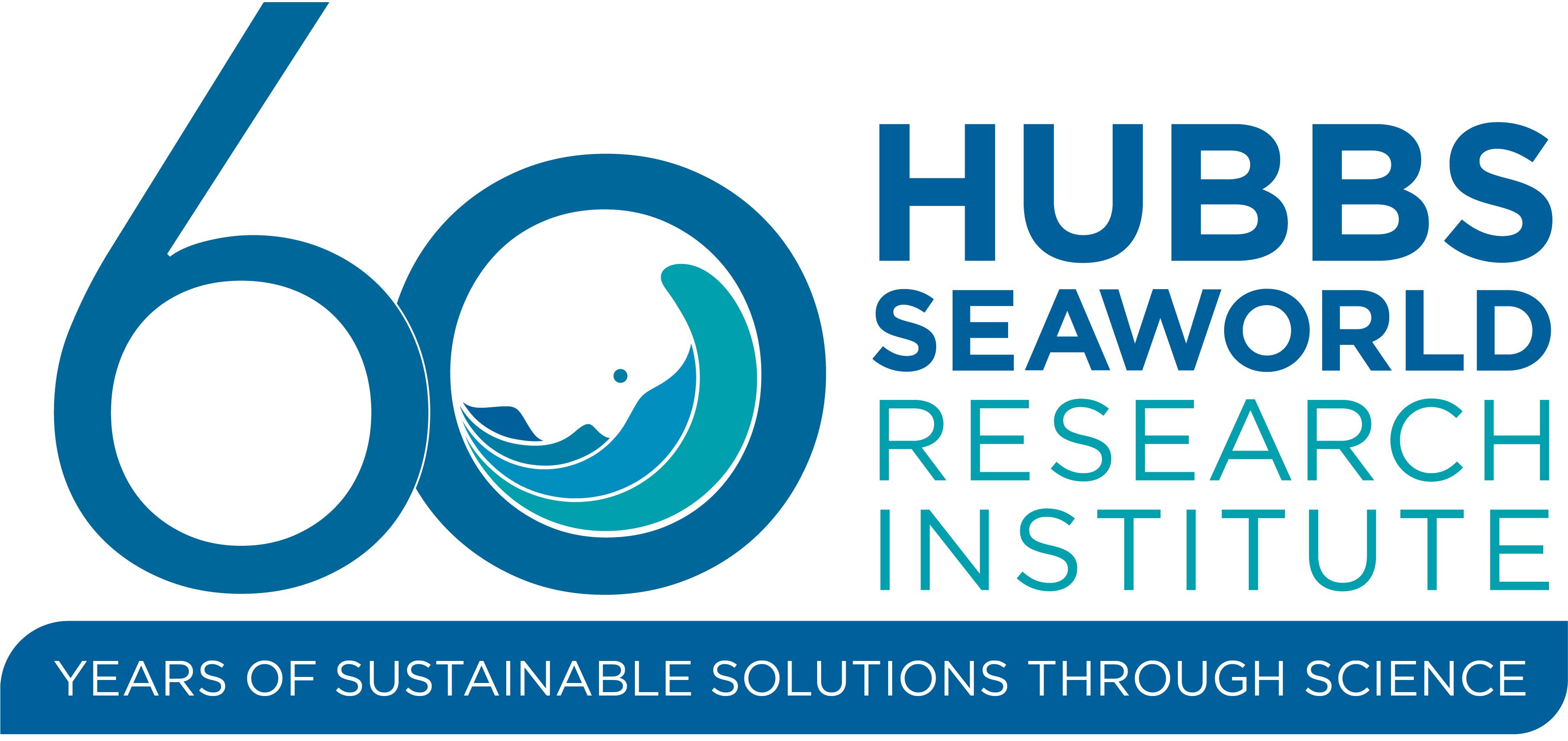Contacts:
Peter James MacCracken, APR | pjm@strategic-communications.com | (619) 275-4110
Celina Maggi | cmaggi@hswri.org | (619) 909-3449
Lagoon Minute – Success in Growing Seagrass
Lagoon minute – Seagrass.
I wanted to share some good news that has been circulating. Saint John’s Water Management district has reported that a lot of seagrass is growing in the Mosquito Lagoon, which is part of our Indian River Lagoon. Most of us can’t imagine how important seagrass is for the health of millions of fish and many little organisms. This is where the microbiome of the lagoon supports the macrobiome, including our beloved Manatees and dolphins. Seagrass has been called the “lungs of the sea”
Progress like this doesn’t just happen. There are numerous individuals and groups collaborating together.
The Brevard Counties SOIRL Save our Indian River Lagoon program and it’s many projects, like septic to sewer conversions are making a big difference.
Thank you, citizens, for passing the half cent sales tax that is funding much of the work being done. We are seeing progress, but there is more to be done. It will take decades but we are on the road to recovery.
Brevard Zoo has partnered with seagrass restoration experts for more than five years, learning techniques for growing, planting and monitoring seagrass in the IRL. In Spring of 2020, the Zoo planted our first seagrass restoration project and conducted regular monitoring of the project.
This small pilot project paved the way to our increased seagrass restoration work, which includes planting 24 seagrass beds throughout the lagoon this year. Check back here for the results, once monitoring of these beds has been conducted.
Building a Seagrass Nursery
With seagrass loss continuing and needing to address the issue, Restore Our Shores (ROS) partnered with Hubbs-SeaWorld Research Institute to design, build, and operate a seagrass nursery in Melbourne Beach. The nursery will grow seagrasses for planting in the IRL and be maintained with volunteer support.
There are seven kinds of seagrass in the Indian River Lagoon, and the nursery will grow out all IRL seagrass species but focus on Halodule wrightii for restoration plantings. The nursery supports tanks for both large-scale grow-out and separate, smaller tanks for research, for use by both the ROS team and our partners. ROS aims to open additional nurseries in the future to further the goal of seagrass restoration in the IRL.
Link to Publication
https://www.wfit.org/podcast/lagoon-minute/2023-08-24/successes-in-growing-seagrass

